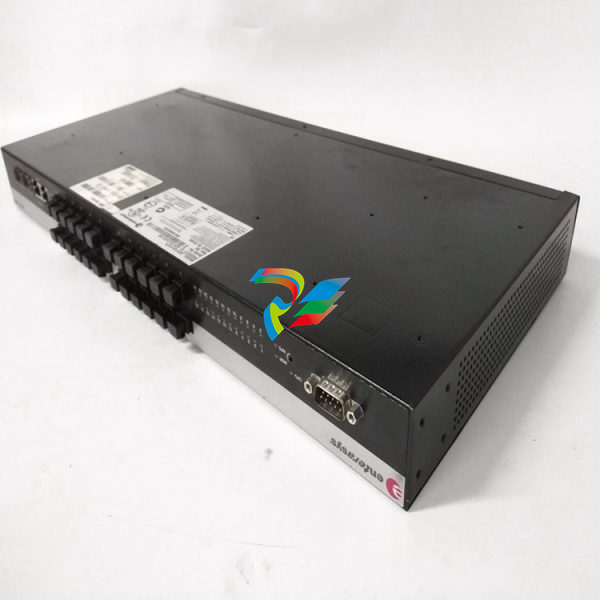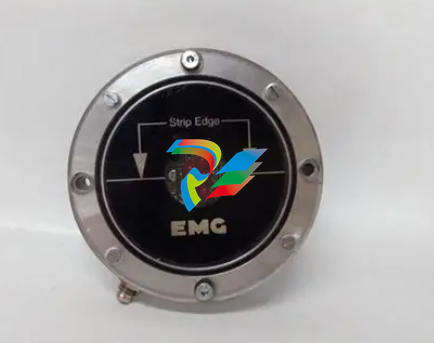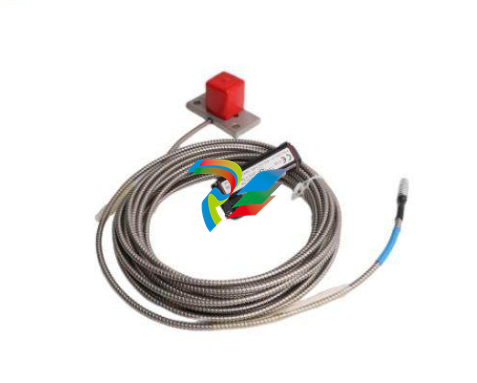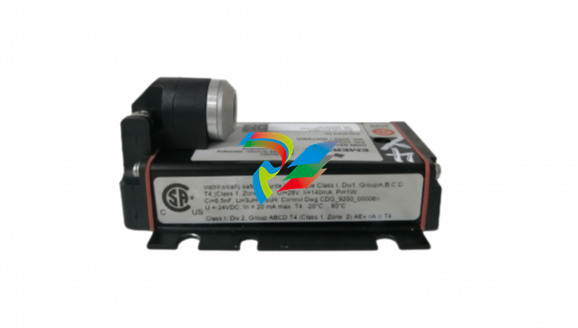
ABBIndustrial Networks Connecting Controllers via OPC
all float variables were set to exactly the same value, being increased by one at
every cycle and sent from one controller to the other. On this receiver side, the
range between the maximum and minimum value are identified. If the range is
small, integrity is good. If the range is wide, this shows that some variables do not
change at the same time and therefore are not transmitted correctly.
4.4.3 Availability
To get an idea about the availability of such a system, one configuration was running for one week (seven times 24 hours). The goal of this evaluation was to find
out about the capability to run the system for a longer period or if it fails after some
hours. Furthermore, the two preceding measurements are included with recording
the average and maximum RTT as well as average and maximum integrity check
range. Due to time limitation this availability long-time test was only performed
using the Woodhead PROFIBUS approach and a realistic variable quantity according to Test 4 Configuration B. In order not to impair the measurement and falsify
results, we abandoned a more detailed logging.
While numerical information on availability of industrial devices it based upon
extensive tests and long-time information, this was not within the scope of our
thesis. A mathematical approach cannot be performed either, due to the lack of
numerical information of the single parts in the personal computer.
Chapter 5
Results
In this chapter we will present and discuss the results gained from our evalutations.
5.1 Bridging Software
We started the evaluation using Matrikon’s OPC Data Manager. Unfortunately,
the behavior of the GUI was sometimes unsatisfying, particularly due to its long
delays. Additionally, the communication stopped at times for unknown reasons.
The equivalent product LinkMaster from Kepware offers similar possibilities in
configuration but did not show these effects. Furthermore, the performance of
LinkMaster could be determined as being vastly better than the one of ODM:
For Test 3 with Beckhoff PROFIBUS the median RTT with LinkMaster is 510
milliseconds, whereas with ODM and the same preconditions the RTT becomes
more than ten times slower. As a consequence, all main tests were performed
using Kepware’s LinkMaster software. For some configurations we enabled a device
refresh rate of 10 ms for only one group in each direction, which prevented the
program from unwanted stopping.
5.2 Round-Trip Times
This section shows the results for the round-trip time tests, grouped by test system variations. In Table 5.2 we show the expected maximum RTTs based on the
addition of cycle times and update rates.
Test 1 Test 2 Test 3 Test 4 Test 5
2.7 ms 3.2 ms 3.5 ms 7 ms 10 ms
Table 5.1: Rounded PROFIBUS cycle time measurements
For the PROFIBUS cycle times we entered the maximum values measured with
CI854A shown in Table 5.1, Test 3 for the Beckhoff setup and Test 5 for Woodhead
approach. The configuration of the PROFIBUS parameters was done automatically
by AC800M with “actual value based” method for all test we performed.
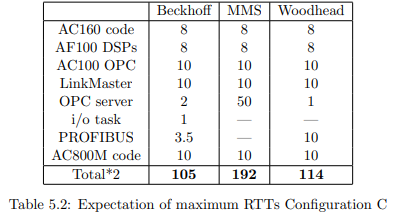
5.2.1 System 1: Beckhoff PROFIBUS
Evaluations were performed for different amounts of signals as defined in Table 4.1.
Starting with the Beckhoff PROFIBUS solution, we could observe that the RTT
increases linearly to the amount of signals. While test results with one single signal
(Test 0) were promising, the following tests were already unacceptable, although
defining only a fraction of the required amount of variables.
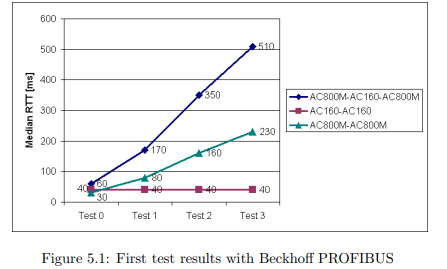
After short-circuiting the connections it was quickly determined that the bottleneck is to be found in the writing to the AC800M. After inspecting the LinkMaster
software and PROFIBUS configuration the bottleneck was isolated as the OPC
server to PCI card communication. Interrogating Beckhoff support confirmed this
suspicion: Since it is much more common to read from OPC servers, the reading
process was optimized by transporting several values in block mode from the PCI
card to the OPC server, using Beckhoff’s own ADS protocol. In contrary, values
written to the OPC server are transmitted one by one [34]. This explains our results, and after putting into operation two more clone OPC servers, which is the
maximum number, the RTT expectedly was more or less three times lower. However, with 190 ms median RTT for Test 3 and added configuration effort, this is
still not satisfactory. It is to add that Beckhoff offers a nice and sophisticated configuration tool, which also allows the swapping of words and bytes. This function
is used when processing float values which are interpreted different in FC3102 PCI
card than in CI854A.
After these findings it was inevitable to look for another solution, also keeping
thoughts in mind that it would be necessary—due to the 244 byte limitation—to
put six FC3102 PCI cards into a computer in order to have enough capacity for
all required values, or alternatively to have eleven DP/DP-couplers at work1
. The
idea to “multiplex” data over the PROFIBUS in order to defuse byte limitation was
discarded as impracticable.
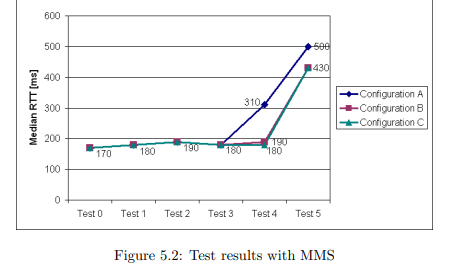
5.2.2 System 2: MMS
Before looking at the results, it is to mention that, compared with the PROFIBUS
solution, the MMS approach suffers from vast disadvantages: Firstly, the maximum

